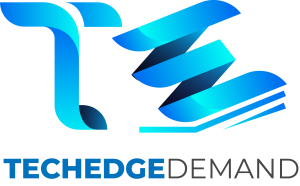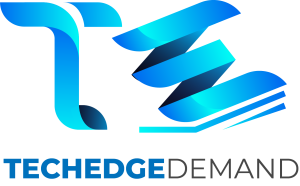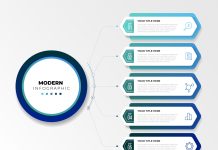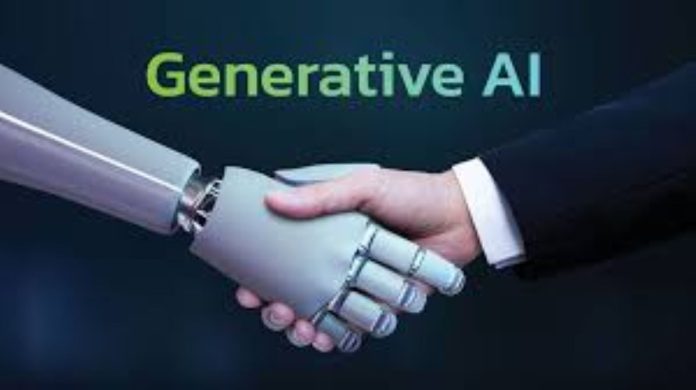Generative AI has rapidly transformed how businesses approach content creation, and nowhere is this more evident than in the B2B marketing landscape. With tools like ChatGPT, Jasper, and Copy.ai, marketers can generate high-quality blog posts, ad copy, social content, and email sequences within minutes. But while the benefits of generative AI in B2B content creation are clear, so are the potential risks.
Let’s explore how B2B organizations are using generative AI and what pitfalls they need to watch out for.
The Benefits of Generative AI for B2B Content
1. Faster Content Production
One of the most attractive benefits is speed. AI tools can generate drafts, outlines, and even full-length blog posts in seconds, freeing up marketing teams to focus on strategy and optimization.
2. Improved Scalability
AI enables content teams to scale efforts efficiently. Need to create 10 versions of a LinkedIn ad? AI tools can generate them all based on your target persona or tone.
3. Consistent Brand Voice (With Proper Training)
With prompt engineering and brand-specific fine-tuning, generative AI can maintain a consistent tone across different content types—especially valuable in industries like tech, finance, and SaaS.
4. Cost Efficiency
For smaller B2B teams, AI can serve as a low-cost creative partner, reducing the need to outsource content writing or hire full-time staff for every content need.
The Pitfalls to Watch Out For
1. Lack of Originality
AI content often lacks unique insights or thought leadership—key ingredients for B2B content success. Relying solely on AI risks producing bland, SEO-stuffed material that doesn’t truly engage.
2. Brand Reputation Risk
Incorrect, biased, or tone-deaf content can harm your brand. AI models are trained on vast public data and may not always align with your company’s values or messaging strategy.
3. Workflow Over-Reliance
Some teams fall into the trap of overusing AI tools, minimizing human creativity. It’s crucial to strike a balance where AI assists, not replaces, strategic thinking and storytelling.
4. Data Privacy Concerns
Inputting sensitive internal data into AI platforms can pose security risks. Many B2B marketers aren’t aware that tools like ChatGPT may store queries, making compliance with GDPR or CCPA tricky.
Integrating AI into Your B2B Content Workflow
To fully benefit from generative AI while avoiding its drawbacks:
- Create AI usage guidelines for your marketing team
- Use AI for ideation and first drafts, then refine with human oversight
- Implement quality checks to ensure accuracy and tone
- Avoid inputting confidential data into public AI tools
- Continuously train internal users on prompt writing and AI limitations
By treating AI as a collaborator, not a replacement, B2B marketers can elevate their content strategy without sacrificing quality or compliance.
Final Thoughts
Generative AI in B2B content creation has unlocked new levels of productivity and innovation. However, its power comes with responsibilities. Success lies in using AI as a tool to enhance human creativity, not replace it.
As AI capabilities continue to evolve, B2B teams that combine machine efficiency with human insight will be best positioned to drive engagement, trust, and long-term brand value.












